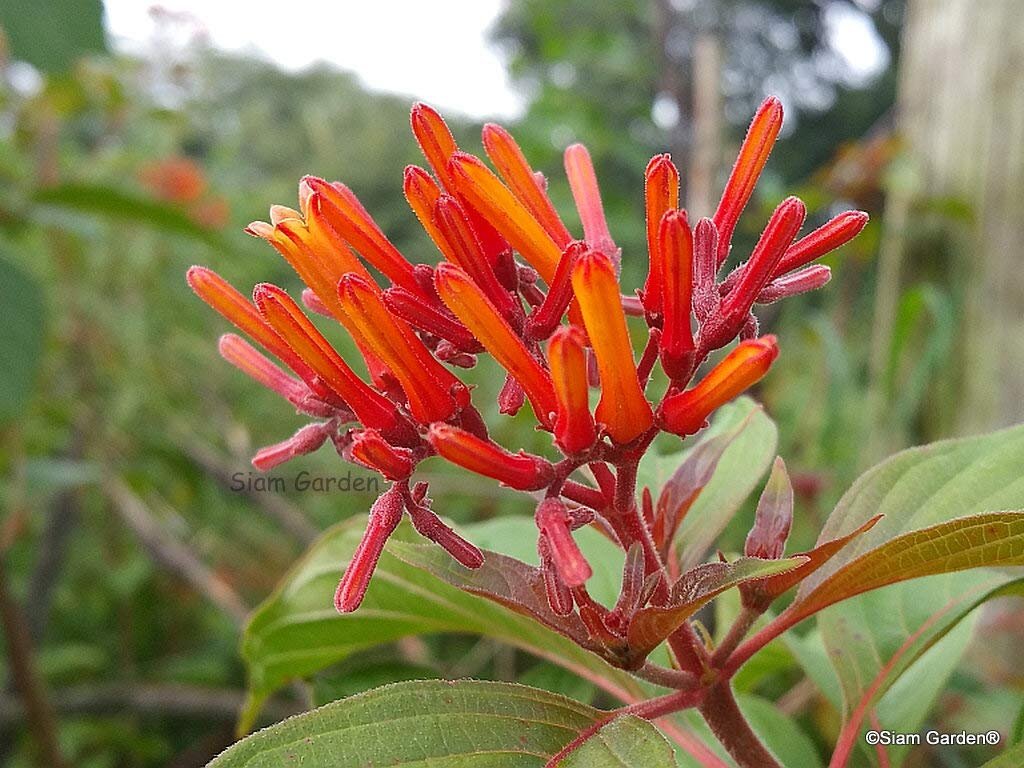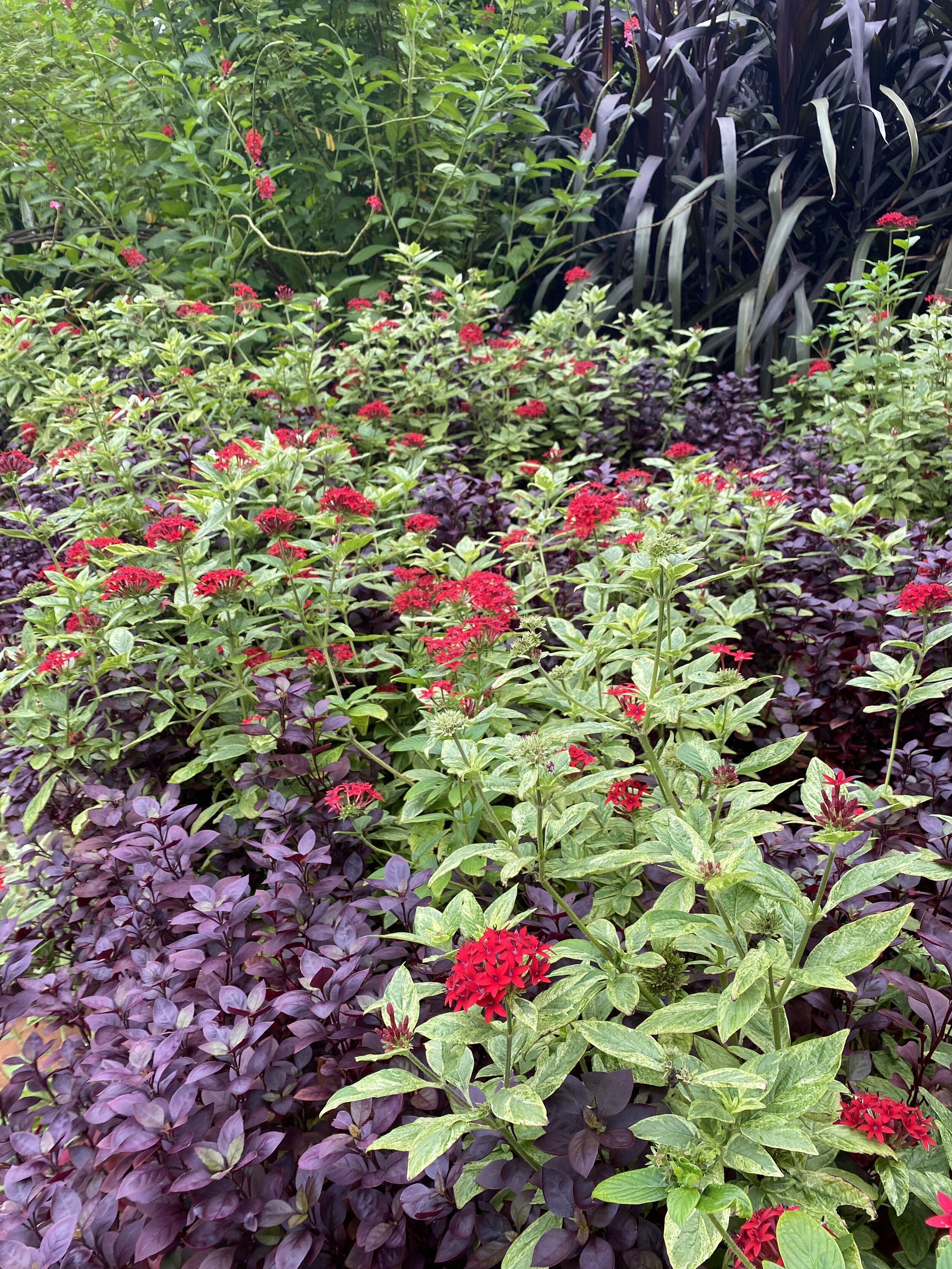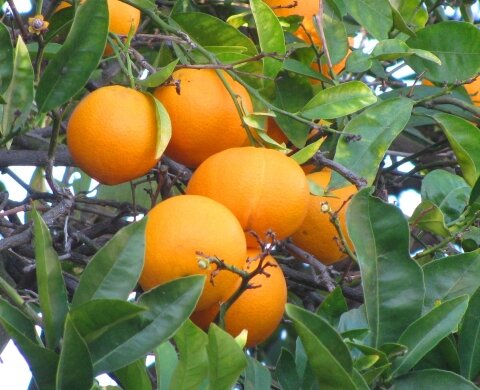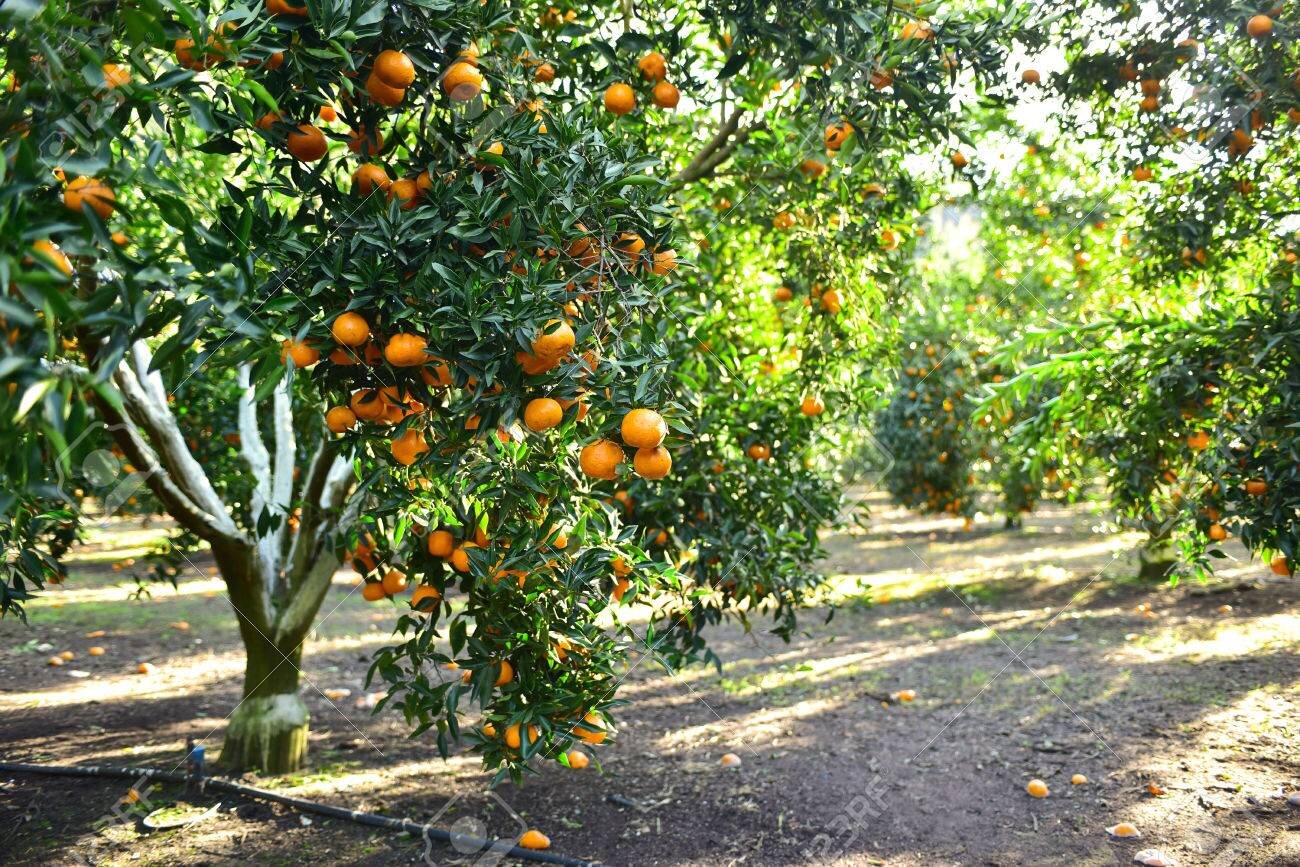Cyperus papyrus, papyrus
/By La Destiny Nichols
Common name: papyrus, paper reed, Egyptian reed, Nile grass
Group: Monocot
Family: Cyperaceae
Native Range: Africa
USDA Hardiness Zone: 9-12
Sun Exposure: full-partial
Duration: perennial
Growth Habit: graminoid
Height: 5-12 ft.
Spread: 2-5feet
Garden Uses: ponds, streams, patio
Origin
The origin of papyrus’s scientific name is uncertain but is believed to have derived from ancient Greece. The genus name, Cyperus, comes from the Greek word kypeiros, which was the name given to their local sedges. The specific epithet, papyrus, is the Greek name used for the paper-like writing material made from this plant in Ancient Egypt. (Missouri Botanical Garden)
Papyrus's native habitat is along the Nile River delta, where it was heavily cultivated by Ancient Egyptians. The plants we Egyptians used its plant material for many purposes, including food, shelter, cloth, and most notably paper.
The pith, the soft-spongy innermost tissue in the stems, the lower parts of the stem, and the starchy rhizomes were consumed as food. The stems were also used to make boats; they burned their roots to use as a source of fuel. For paper, the outermost layer of the stem was stripped away and the pith cut into thin wafer-like strips. These strips were then soaked in water and pressed together; the sap from the pits was used as a natural adhesive that bonded the fibers. (The Editors of Encyclopedia Britannica 2020) Weights were placed on the strips, left to dry, and polished to form a smooth sheet of paper.
Papyrus paper texture by Iuliia Soshenko
Papyrus paper were the preferred writing materials of the ancient world because they were thin, strong, durable, and easily transported. Papyrus sheets became a lucrative market for Egypt which made the state reluctant to share its production method. Papyrus mats were also produced from this method and used to make fences, huts, various household furniture, and artworks. (Duke 1996) Handcrafted papyrus paper is sold and used for art projects today, but this perennial is nearly extinct in its native habitat in Egypt.
Identifying Features
Papyrus is a member of the sedge family, which all have a graminoid, or grass-like growth habit. This aquatic perennial grows as clump-forming grass of upright, triangular stems that sprout from thick, woody rhizomes. Each green stem is topped by an umbellate inflorescence, with a dense cluster of thread-like rays. (Missouri Botanical Garden) During the summer, from July-September, greenish-brown flower clusters bloom that produce nut-like fruits. These showy flowers are wind-pollinated, and their mature fruits are dispersed once they fall from the plant into water.
Close up of inflorescence displaying thread-like rays.
Thick, woody new shoots at the the base.
Close up of flower clusters formed at the tips of rays; secondary umbels
Garden Value
Papyrus is winter hardy to zones 9-12, where climates are suitably warm but are planted by some gardeners as annuals in colder climates. The water needs for papyrus are high meaning it performs best in wet, poorly-drained soils. This evergreen ornamental is widely planted in water gardens, at the edge of ponds and streams, as a ground cover, and in containers. Papyrus gives the landscape a tropical feel and is notably used in Mediterranean style gardens. Papyrus’s high versatility is likely what led to it becoming the recipient of the prestigious Award of Garden Merit of the Royal Horticultural Society. (Gardenia)
Papyrus is perfect for large patio containers that are without drainage holes.
Papyrus grows along shallow banks throughout Africa. It grows vigorously and can get as tall as 12 Ft. In its natural habitat. It is nearly extinct in it’s native range. Photo obtained from liraclinical.com.
Literature Cited
Duke, J. 1996. Handbook of Energy Crops. 8 October 2020.
https://hort.purdue.edu/newcrop/duke_energy/Cyperus_papyrus.html
The Editors of Encyclopaedia Britannica. 2020. Papyrus. 8 October 2020.
https://www.britannica.com/topic/papyrus-writing-material
Gardenia. Cyperus papyrus (Papyrus). 8 October 2020.
https://www.gardenia.net/plant/cyperus-papyrus
Missouri Botanical Garden. Cyperus papyrus - Plant Finder. 8 October 2020
http://www.missouribotanicalgarden.org/PlantFinder/PlantFinderDetails.aspx?taxonid=279798
USDA NRCS National Plant Data Team. Cyperus papyrus L. papyrus. United States Department of Agriculture. 8 October 2020. https://plants.sc.egov.usda.gov/core/profile?symbol=CYPA8













































































